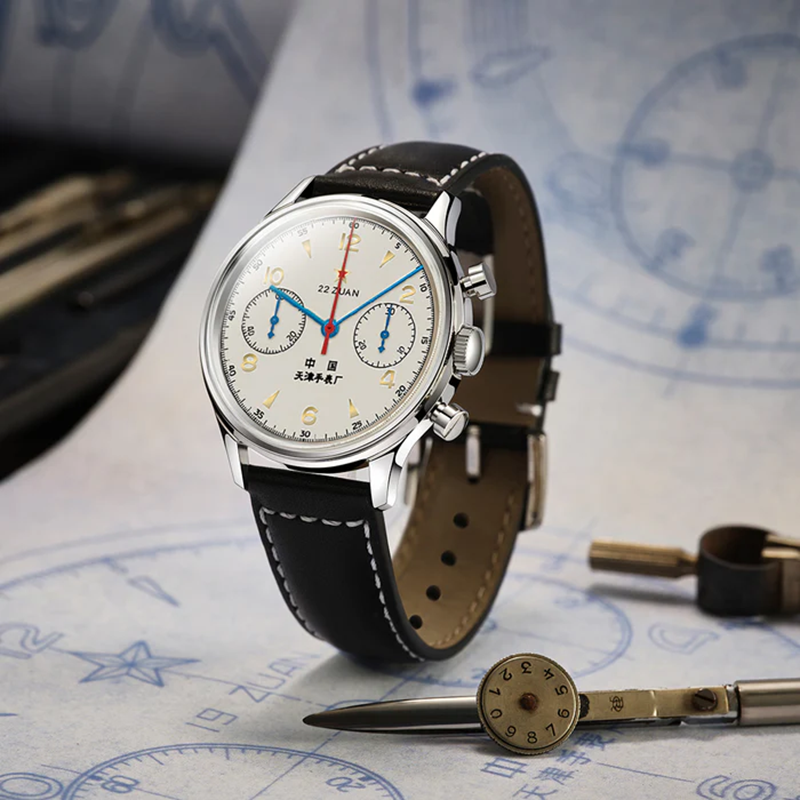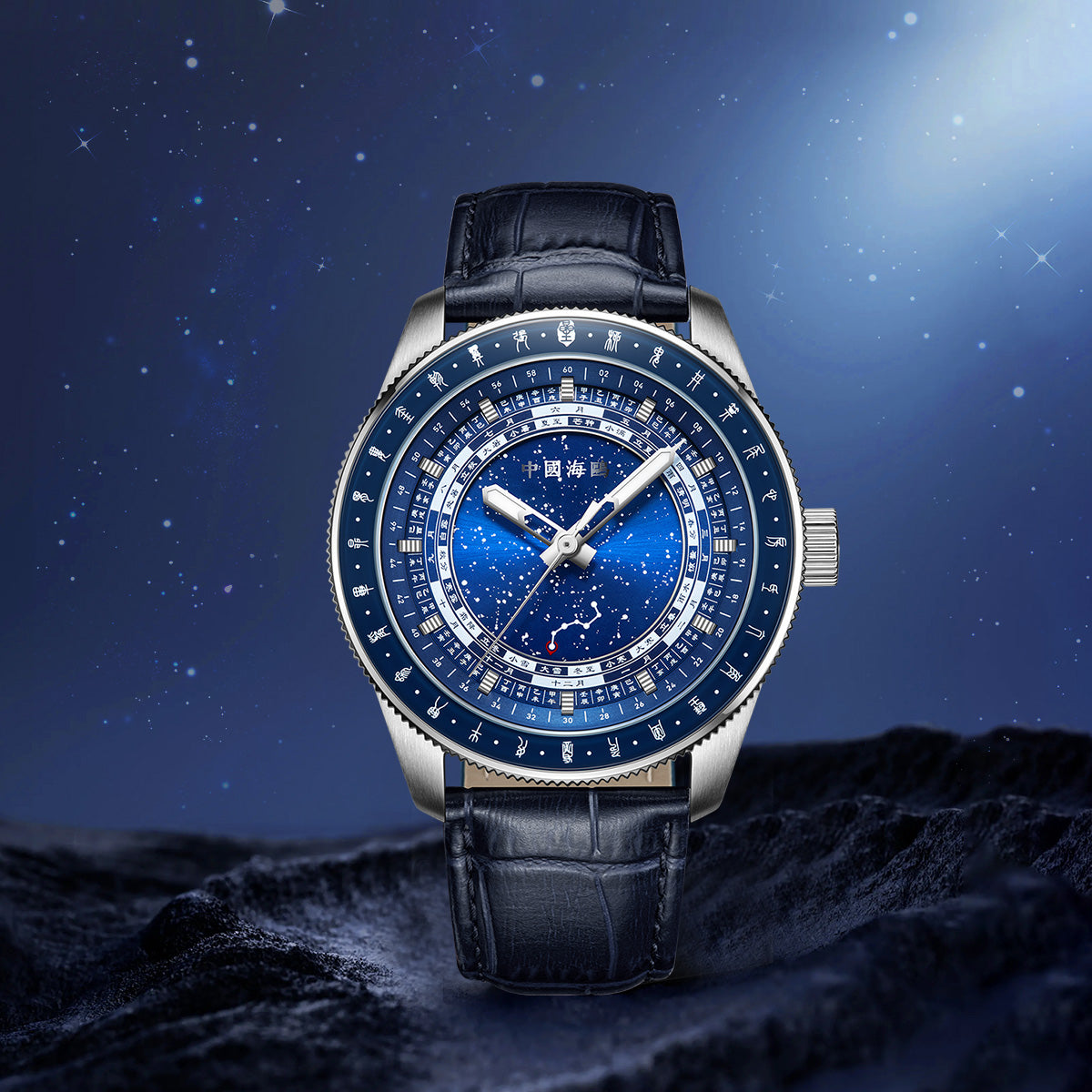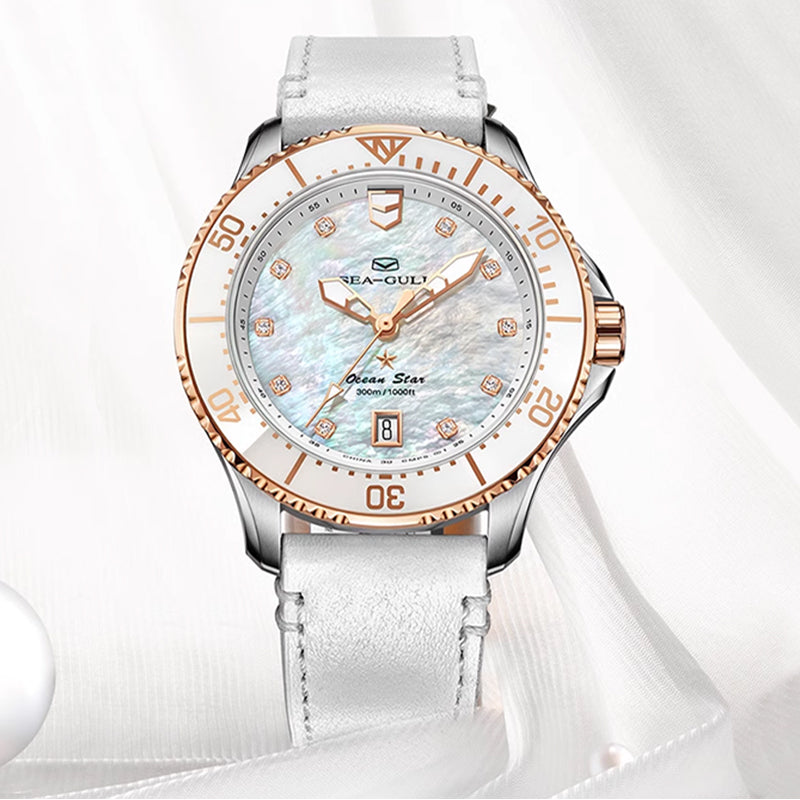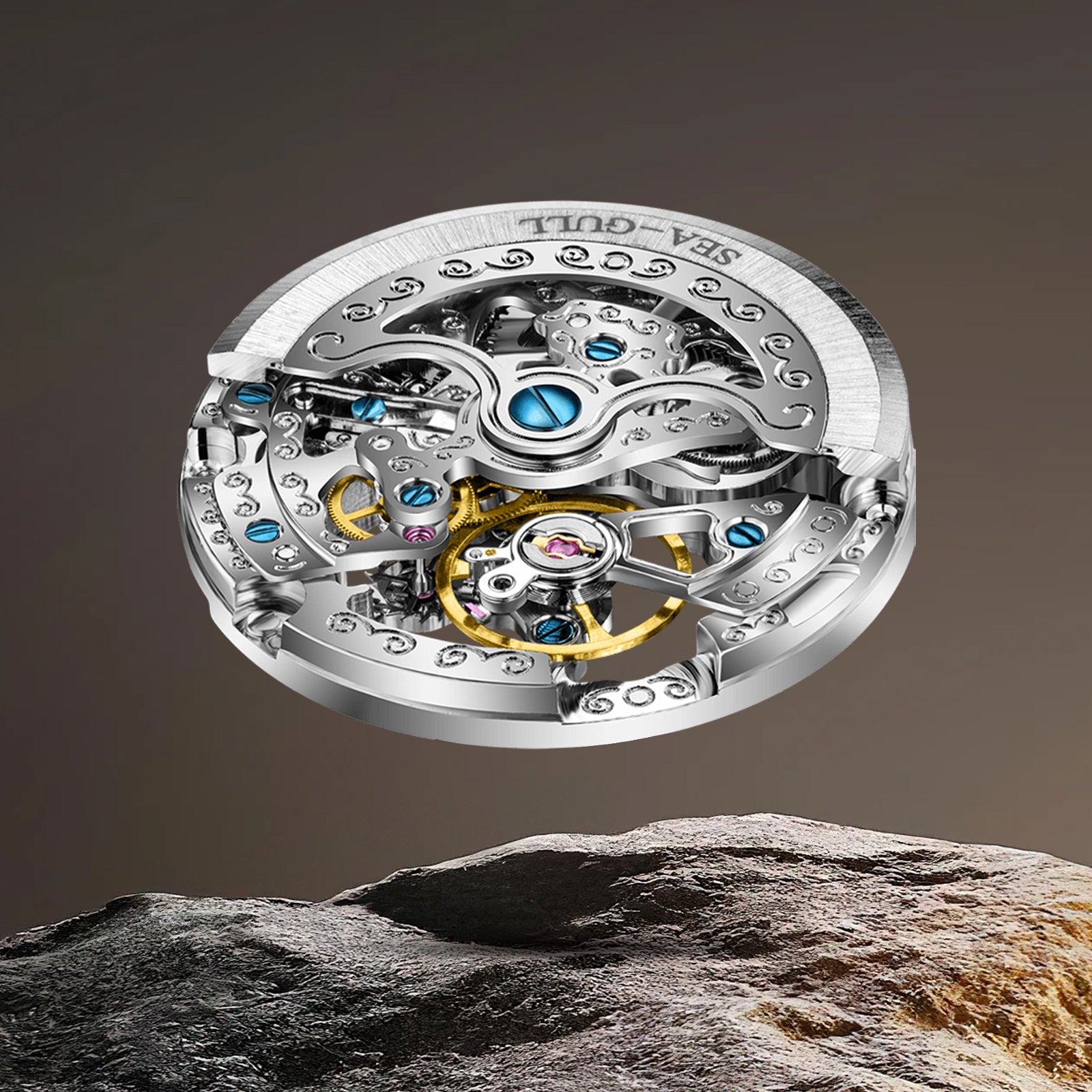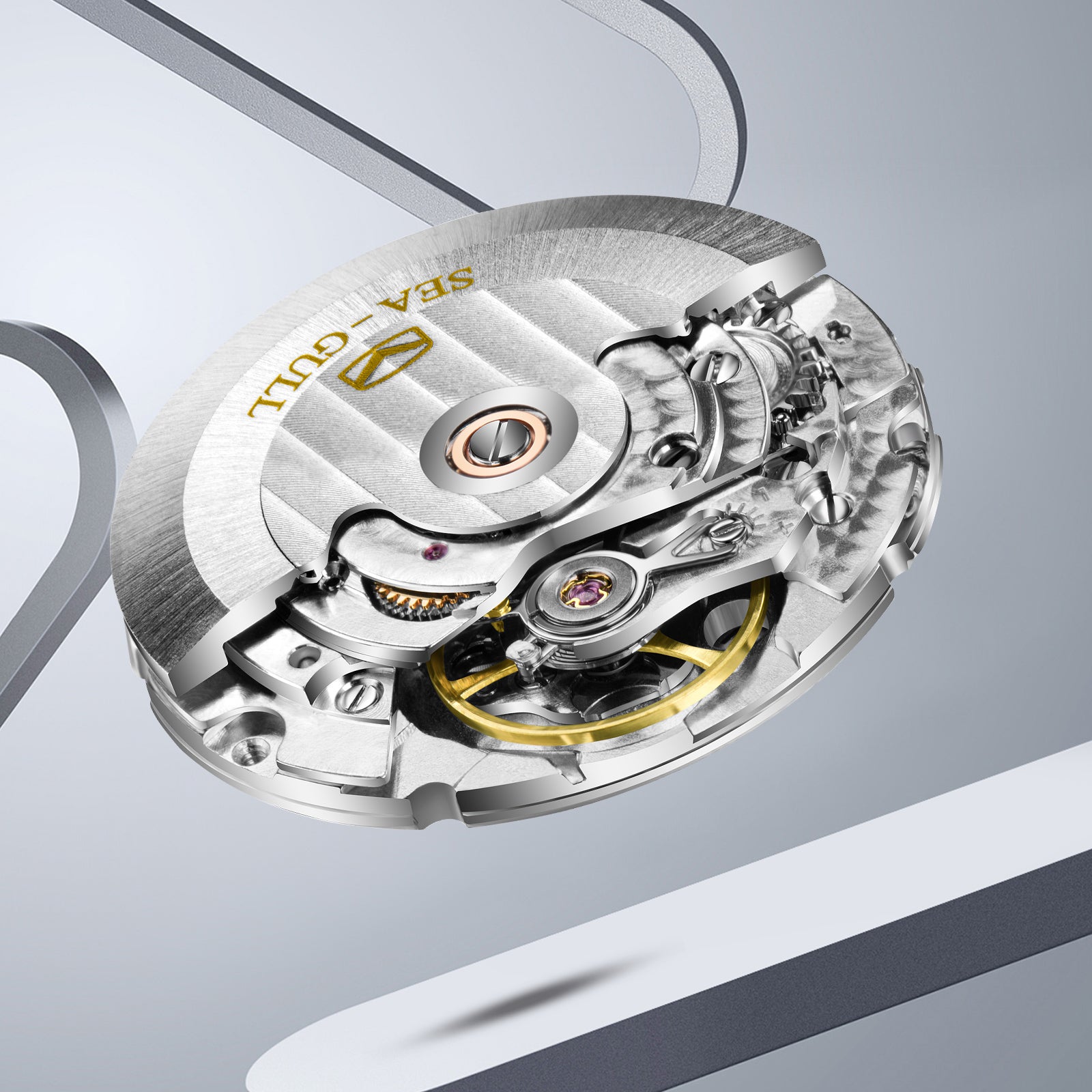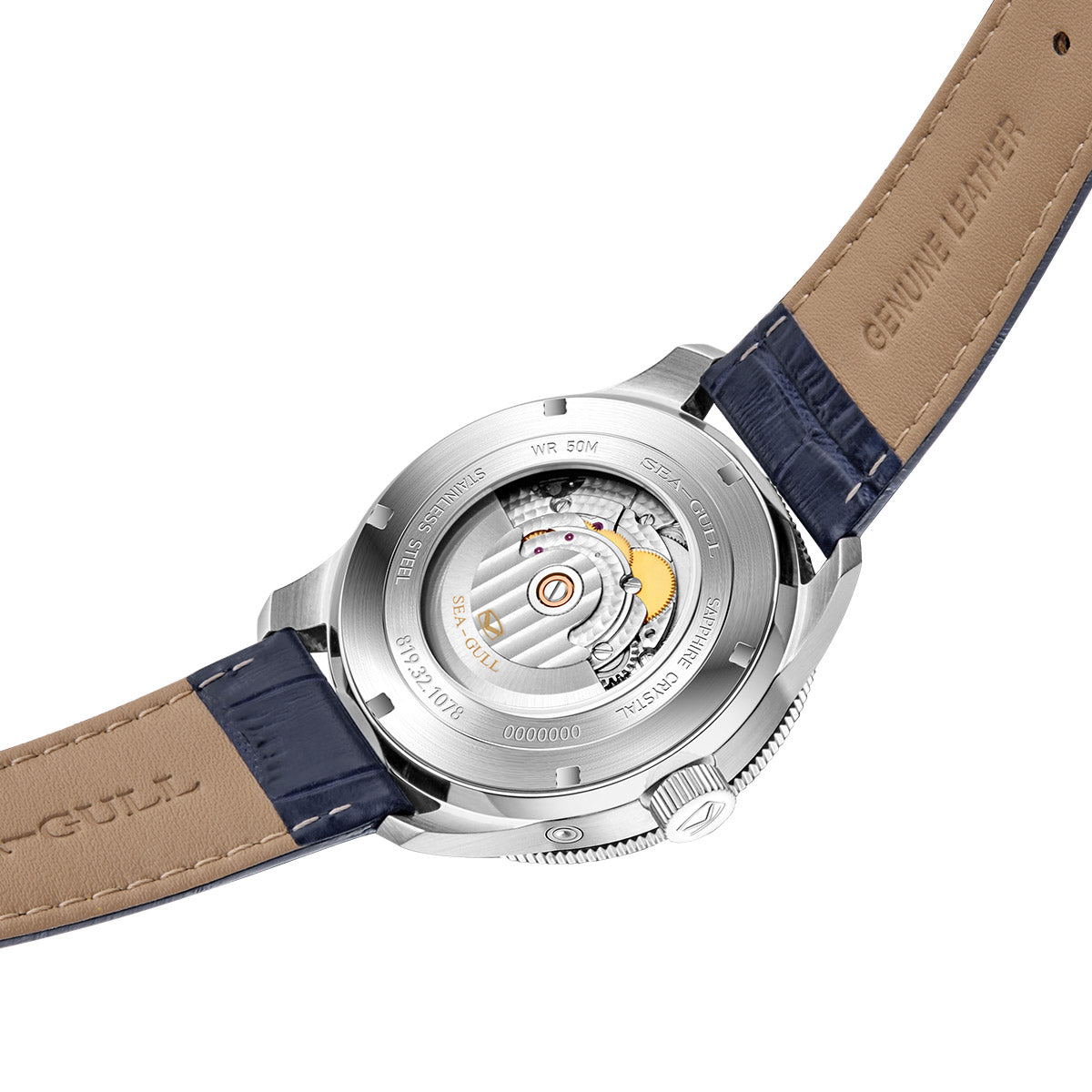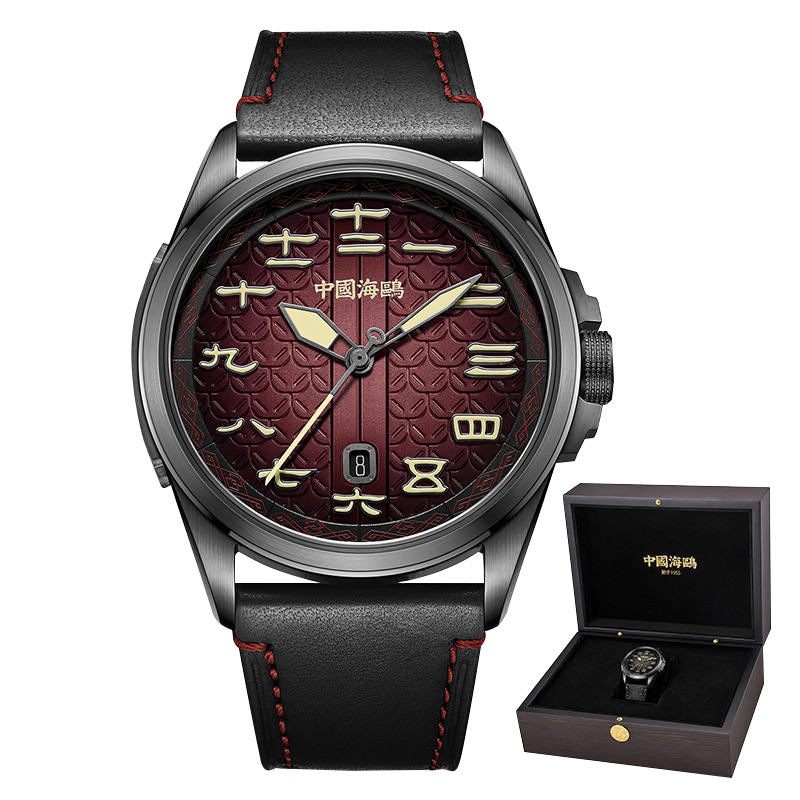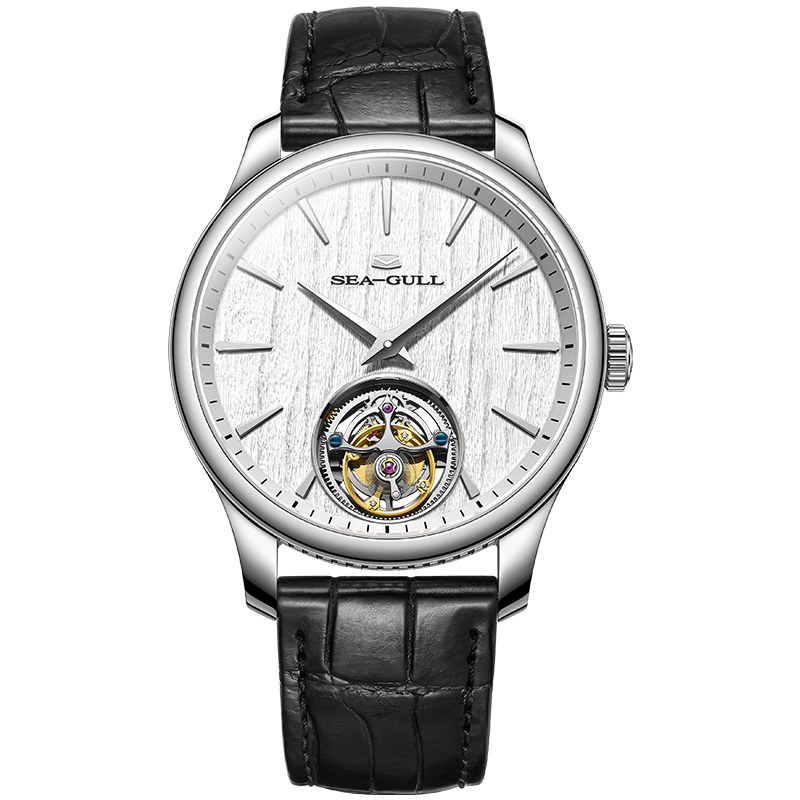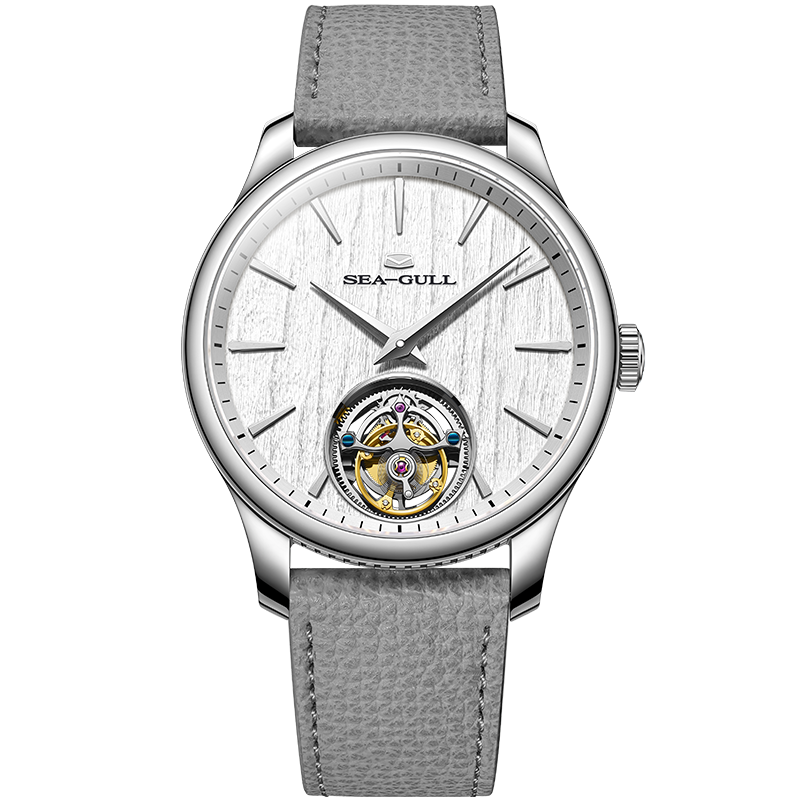Sea-Gull
The 24 Solar Terms
Inspired by centuries of Chinese seasonal wisdom.
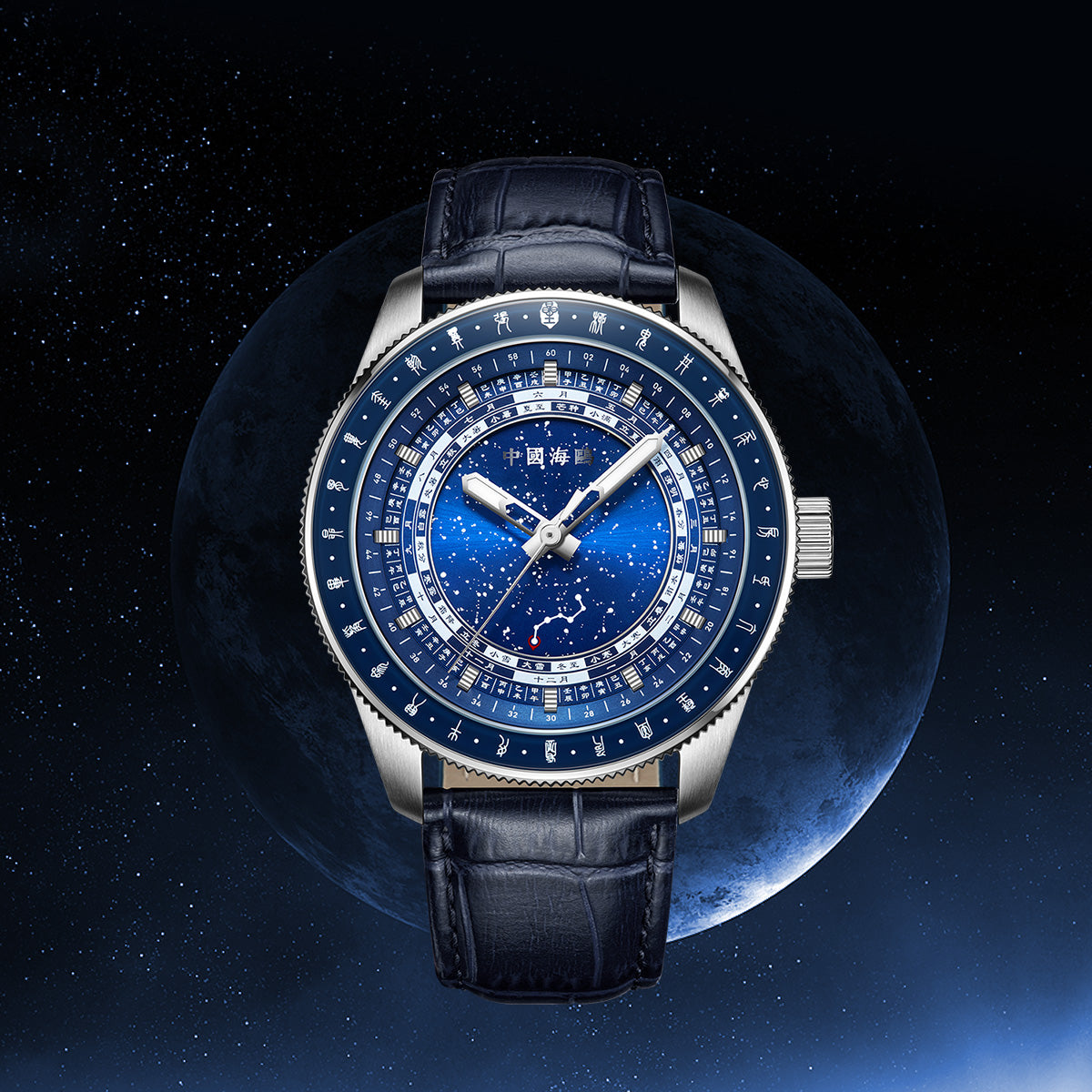
Recording the harmony of nature and time
The 24 Solar Terms divide the year into 24 precise seasonal phases, used historically for climate tracking, agricultural planning, and daily scheduling. It offers a clear, structured way to understand weather patterns and natural cycles.
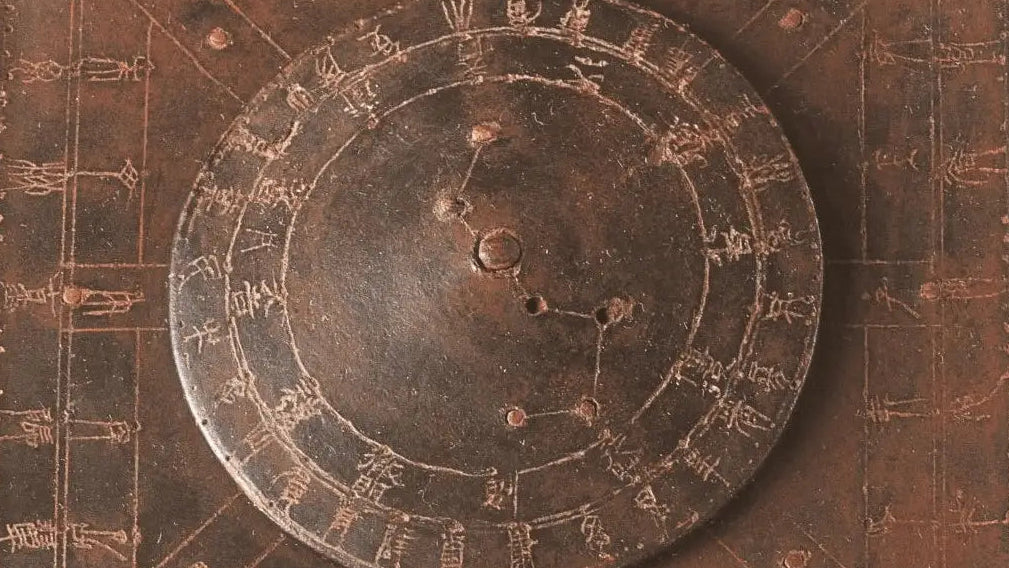
Big Dipper
4500 BC
Ancient Chinese communities relied on its dipper handle’s direction to distinguish seasons, serving as a core star-observation tool for daily timekeeping.

Lunar Calendar
1600 BC
The Shang Dynasty formalized the Lunar Calendar with moon phase records and leap months, which guided all agricultural work and traditional festival arrangements for ancient people.
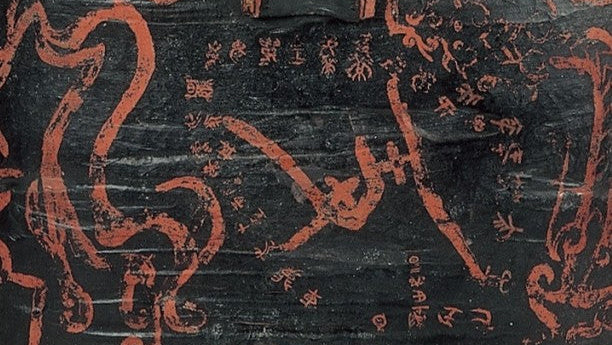
28 Mansions
433 BC
People marked 28 celestial sectors to track the sun, moon and planets, supporting farming planning, long-distance travel and ritual ceremonies.
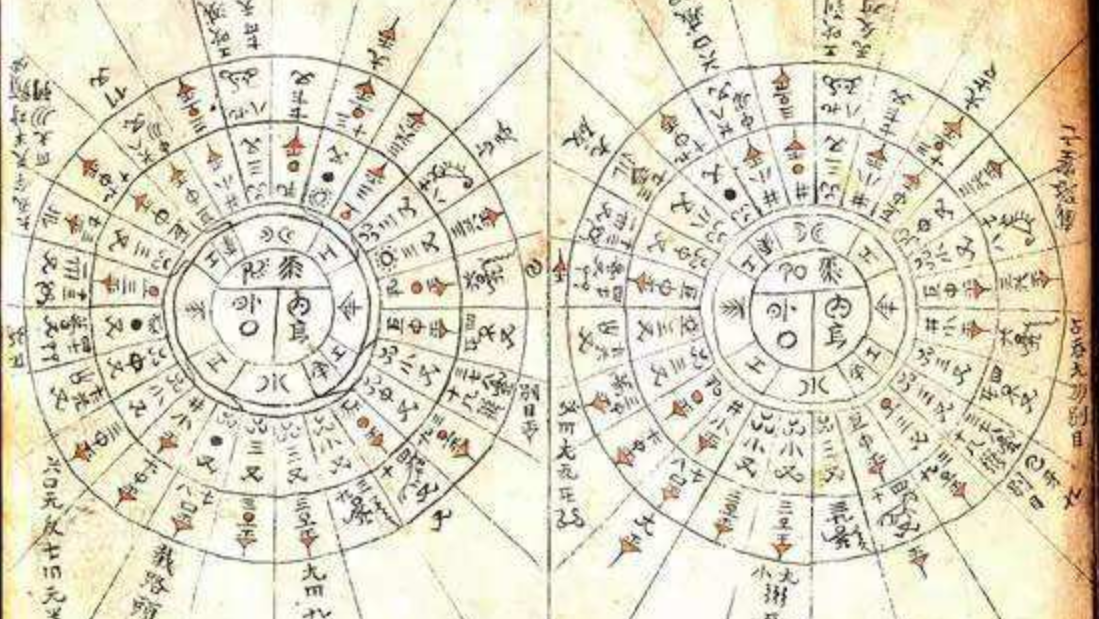
24 Solar Terms
104 BC
It was officially included in theTaichu Calendar, precisely instructing farmers on sowing, irrigating and harvesting based on solar longitude.
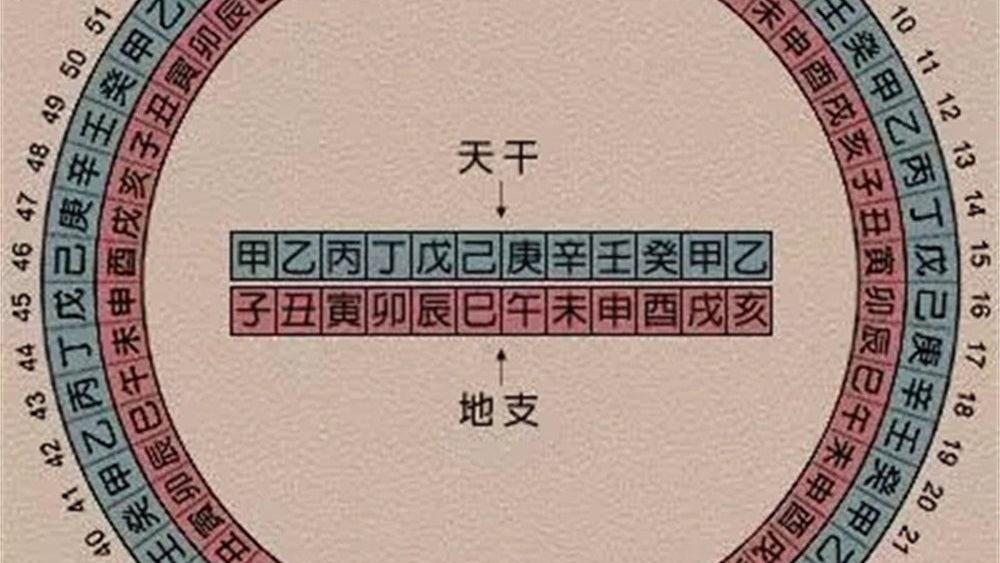
Sexagenary Cycle
85 AD
The Eastern Han Dynasty adopted it as an official chronology, recording historical events, dynastic years and individuals’ ages via a 60-year cycle.
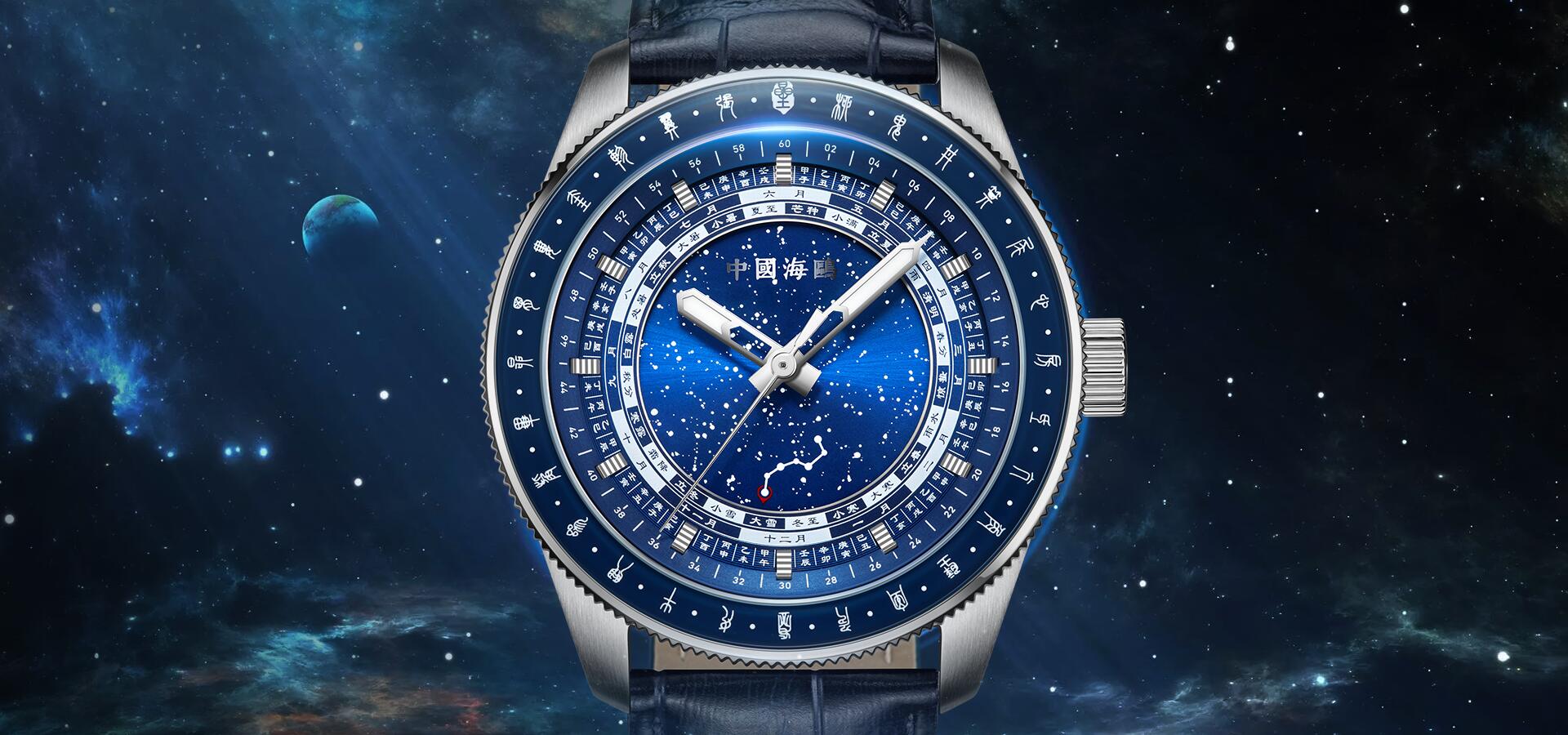
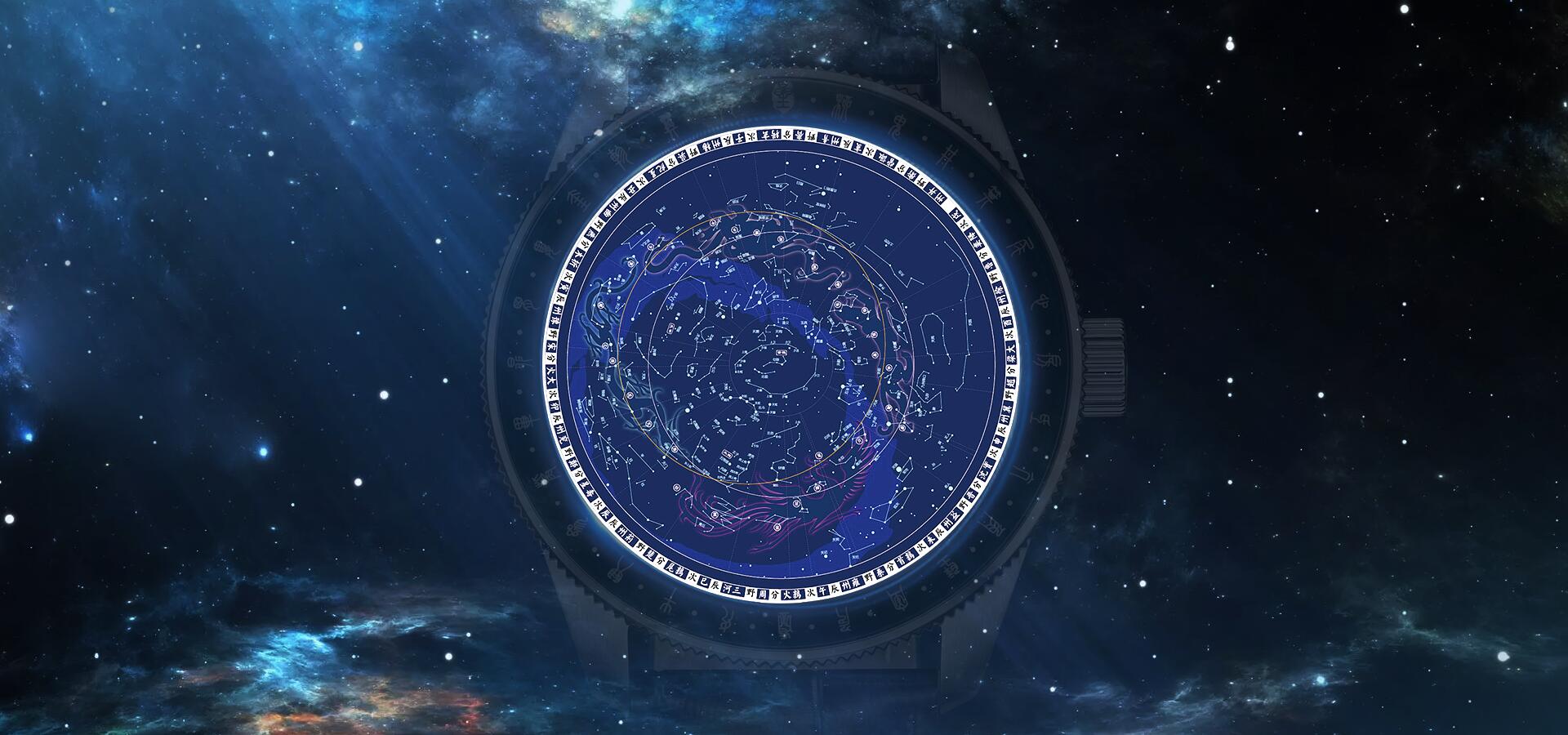
Disk Calculation
By observing the rotation of the Big Dipper, one can calculate the lunar month, its corresponding 24 Solar Terms, and the current year in the Sexagenary Cycle at any time.

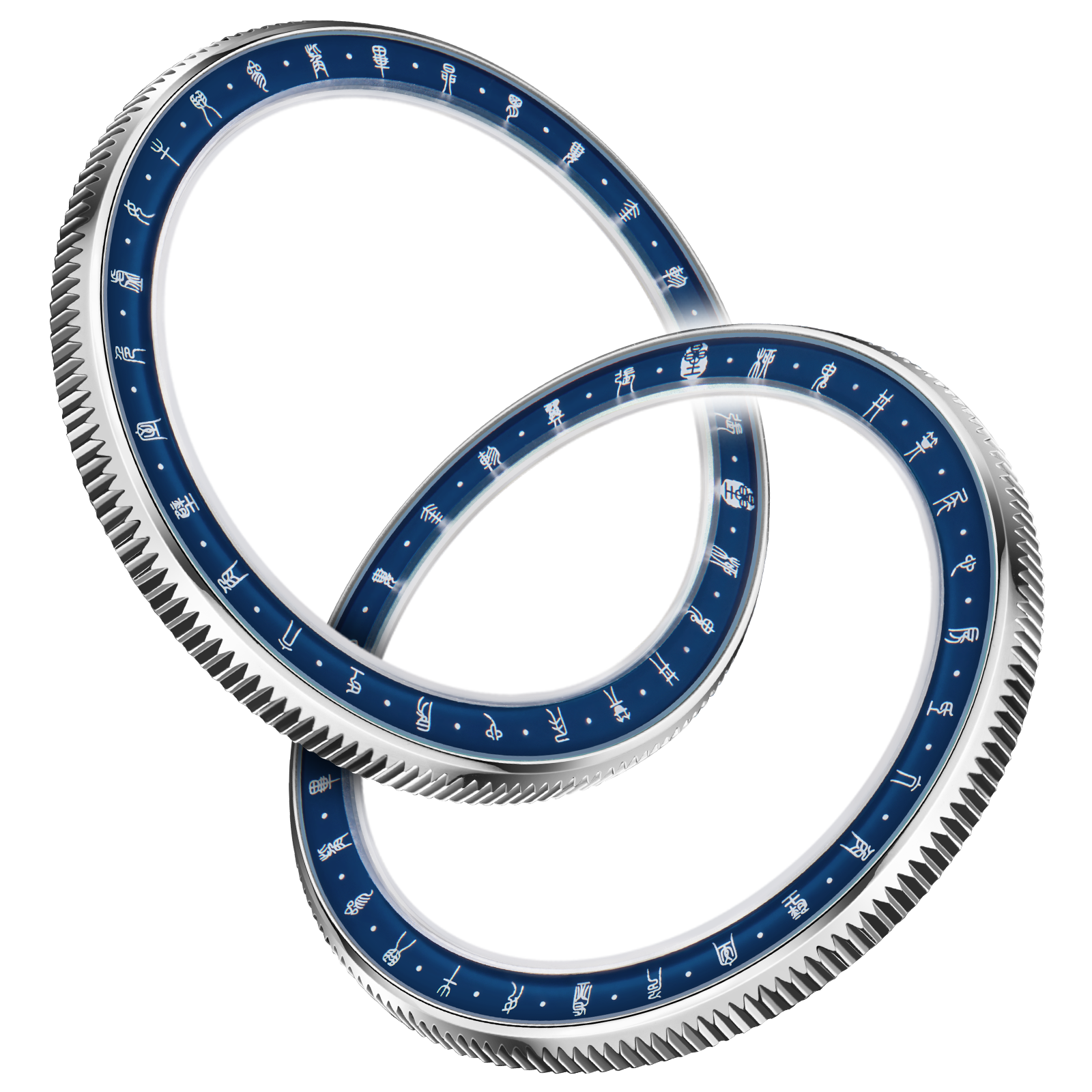
28 Mansions Seal Script
To use your watch to locate the constellations, lift the watch above your head and keep the dial perfectly horizontal—parallel to the top of your head. Then use a compass to align the watch: rotate it until the “Vermilion Bird” (the southern Seven Mansions) marking on the dial points toward true south. Once it is correctly aligned, the outer ring of the watch—marked with the 28 lunar mansions—will show the approximate direction of each constellation in the sky.
You can also use the Big Dipper indicator on the inner dial. Simply follow the direction of the Dipper’s handle, match it with the corresponding lunar-mansion marker on the outer ring, and you’ll be able to locate the position of that constellation in the night sky.
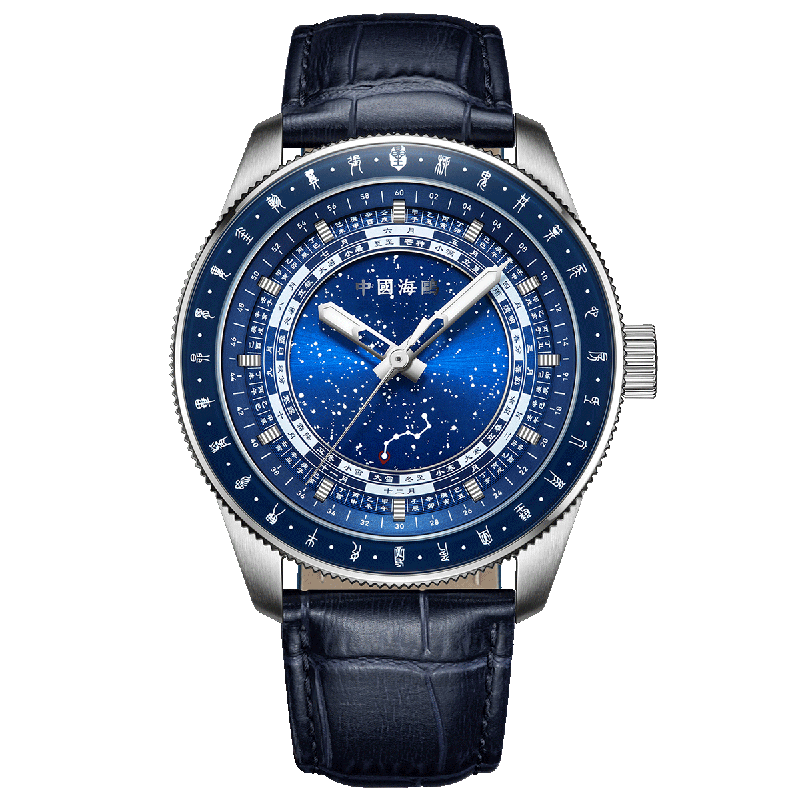
Sexagenary Cycle Calculation
The dial is marked with the names of the 60-year cyclic Sexagenary Cycle. Here’s how to find the current year’s Ganzhi name easily: subtract 3 from the current year, divide the result by 60, and take the remainder. Match this remainder to the corresponding name on the dial—done! For example: 2025 - 3 = 2022; 2022 ÷ 60 leaves a remainder of 42. The 42nd entry is "乙酉"(Yiyou), so 2025 is the "乙酉"(Yiyou) Year. You can also get the Chinese zodiac instantly: the Earthly Branch "酉"(You) corresponds to the Rooster, making it the Year of the Rooster.

Lunar Calendar & 24 Solar Terms
The switch dates of the 24 Solar Terms are fixed on the Lunar Calendar. When the Big Dipper pointer moves to the corresponding solar term on the lunar calendar, the current lunar month and the name of the solar term can be directly obtained.
Sea-Gull
Ultra Thin Tourbillon
Inspired by the Chinese Guqin
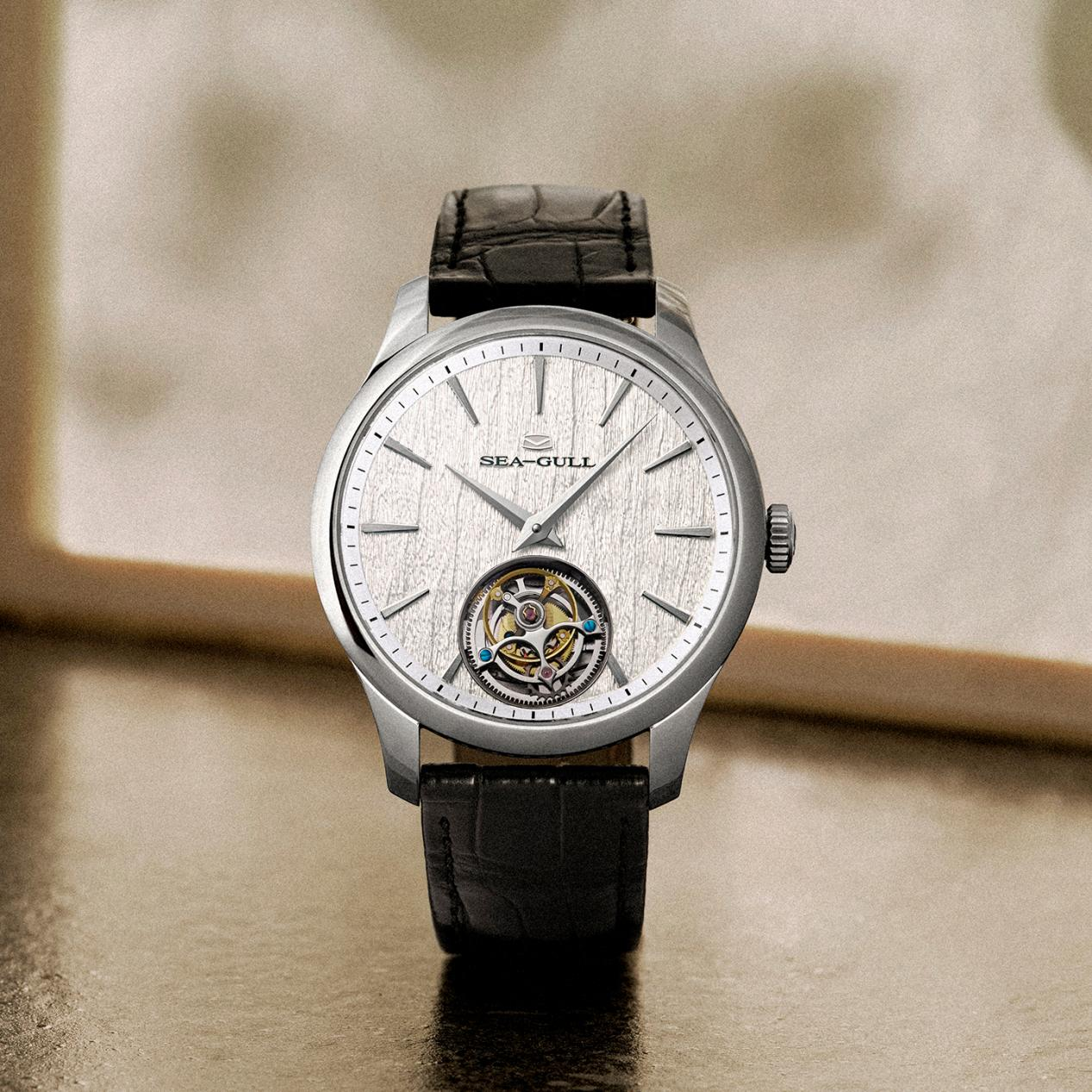
Modern Wisdom, Guqin Legacy
This ultra-thin tourbillon draws inspiration from Chinese classical aesthetics: “官帽椅” (official hat chair) and “古琴” (zither). Its dial reinterprets the chair's curved armrests and the guqin's soundboard grain, integrating traditional elements into a unique, artistic design that marries timeless elegance with innovative watchmaking.
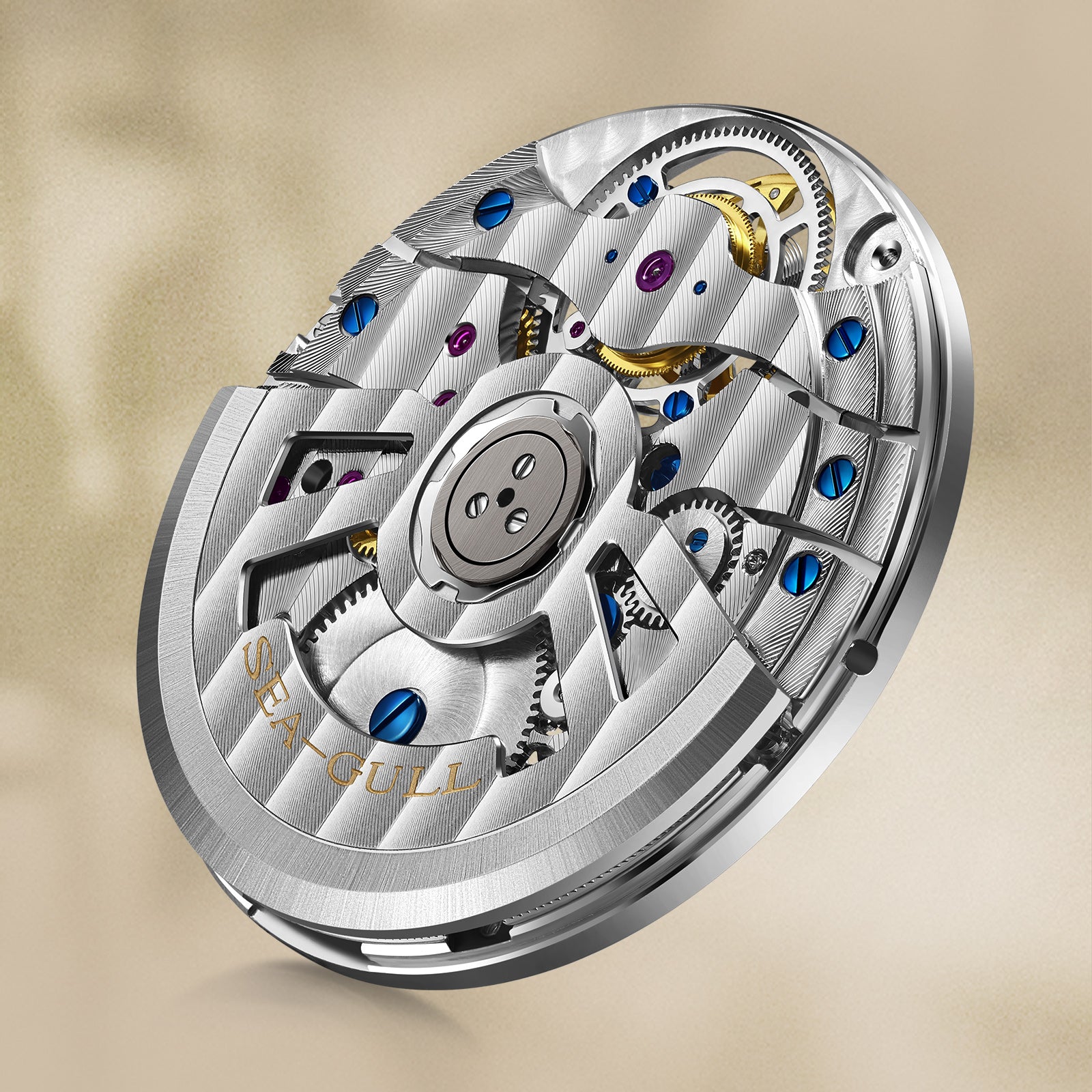
Ultra-Thin Craft: ST8610 Movement
The ST8610 movement sits at just 4.3mm thin, with its automatic rotor slimmed to 0.8mm—80% the thickness of traditional manual-winding movements.
Watch Details
The dial’s micro-engraved guqin crackle shifts with light—each line hums with time’s old melody, bearing the weight of years in every textured detail.
These 3D hour markers mirror the Tang Dynasty guqin’s silhouette: a classic, dignified shape reimagined with vivid, tactile depth.
This horseshoe clasp draws from the official hat chair—blending understated Chinese grace with reliable sturdiness, balancing elegance and practicality.

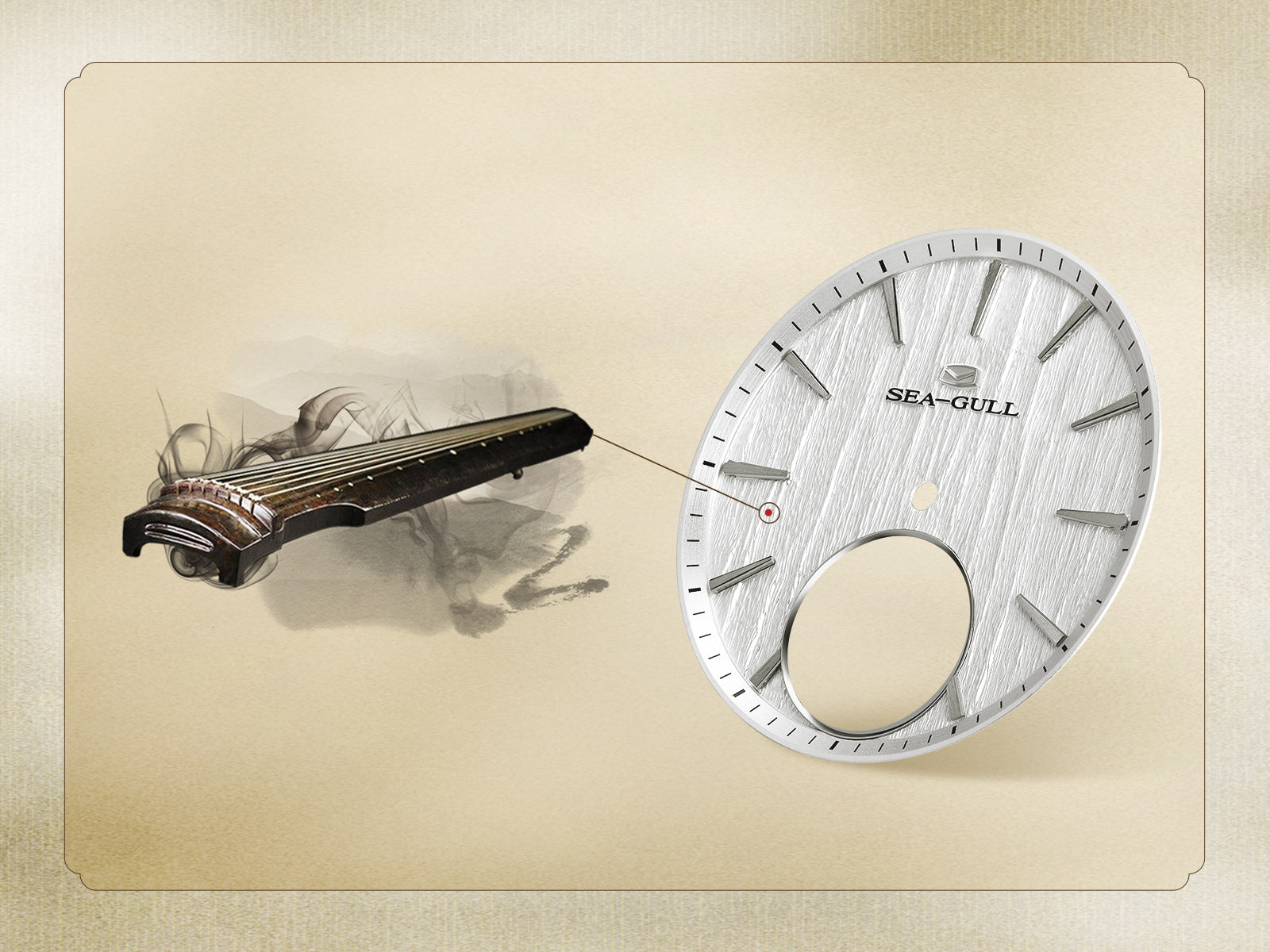
Engraved Guqin Crackles
The dial recreates the unique crackle patterns of ancient guqins using micro-engraving and stamping techniques: micro-engraving replicates the natural texture of "ice-crack" or "tortoise-shell" cracks, while stamping sets these patterns into three-dimensional relief—each fold’s depth and direction mirrors the authentic appearance of aged guqins.
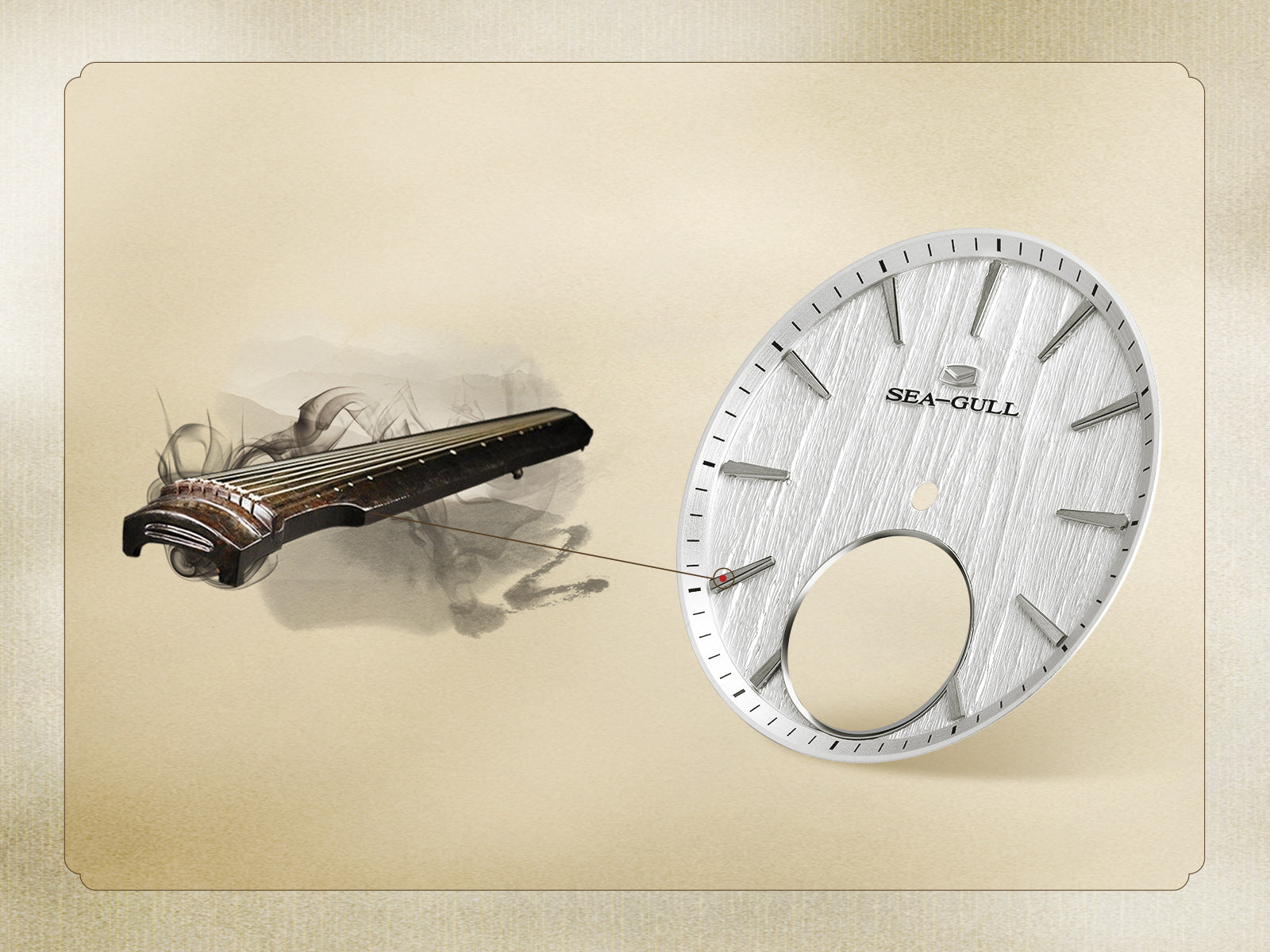
Raised Hour Markers
Inspired by the "Nine-Ring Hupei Qin" of the Tang Dynasty’s Fushi School, these 3D character studs replicate the iconic silhouette of ancient guqins—adding a tactile, three-dimensional depth that echoes the instrument’s timeless grace.
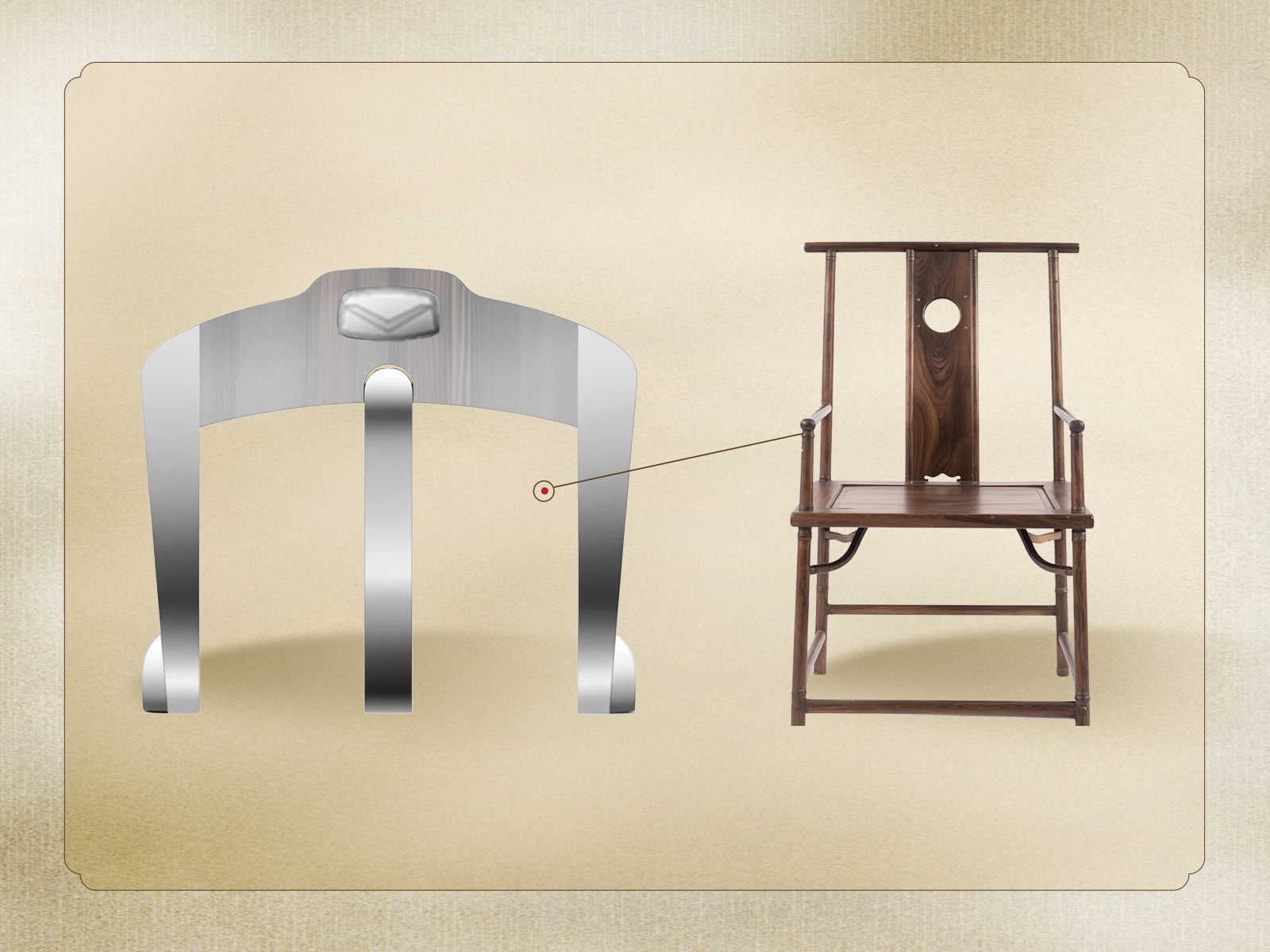
Horseshoe-Shaped Clasp
This horseshoe-shaped clasp takes cues from the hat hooks of traditional Chinese official headwear. It embodies the poised grandeur of Chinese style, while guaranteeing a secure, stable hold—marrying time-honored elegance with reliable functionality.
Sea-Gull
Han Dynasty
Inspired by Han culture
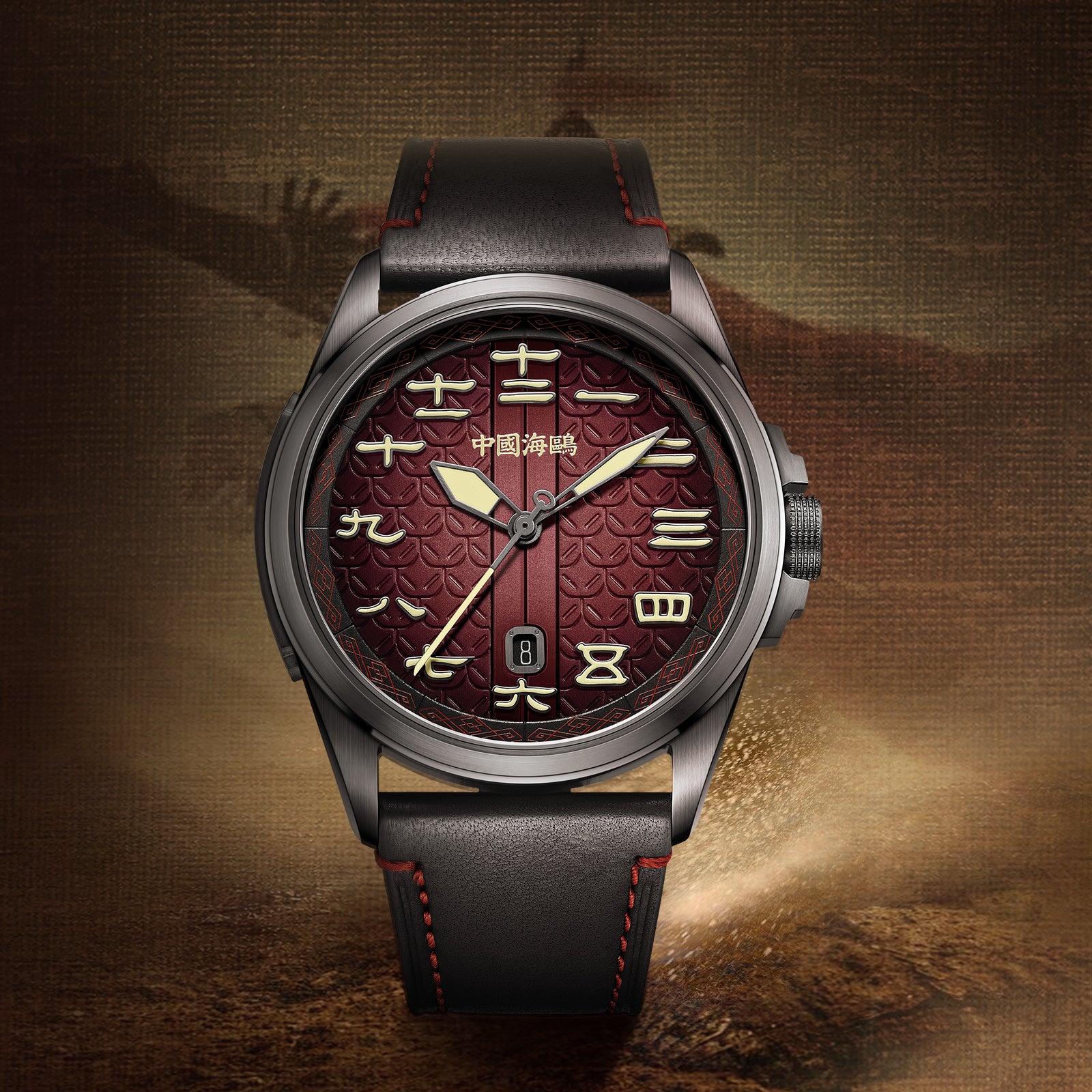
The Majestic Spirit of the Han Dynasty
Taking Han culture as the design inspiration, this watch integrates ancient elements into modern accessories. It infuses the indomitable national spirit and the profound Han culture into the timepiece, allowing the aspiration for national strength to transcend time.Cultivate a noble spirit and hold lofty ambitions.Experience the courage and power of soldiers from the cold weapon era over 2,000 years ago.
Heading
Use this text to share information about your brand with your customers.
Describe a product, share announcements, or welcome customers to your store.
Share information about your shipping rates, return policy or contact information.
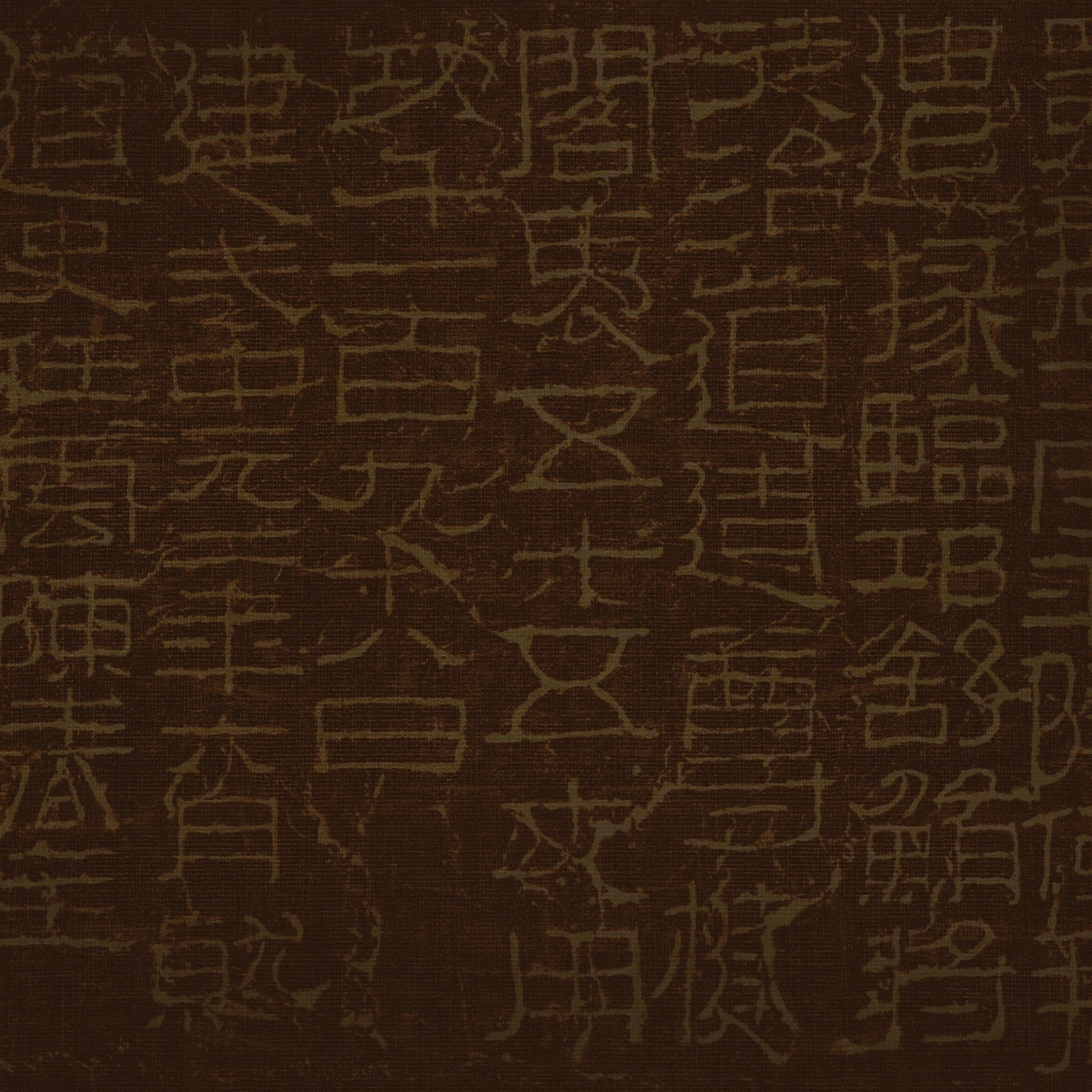
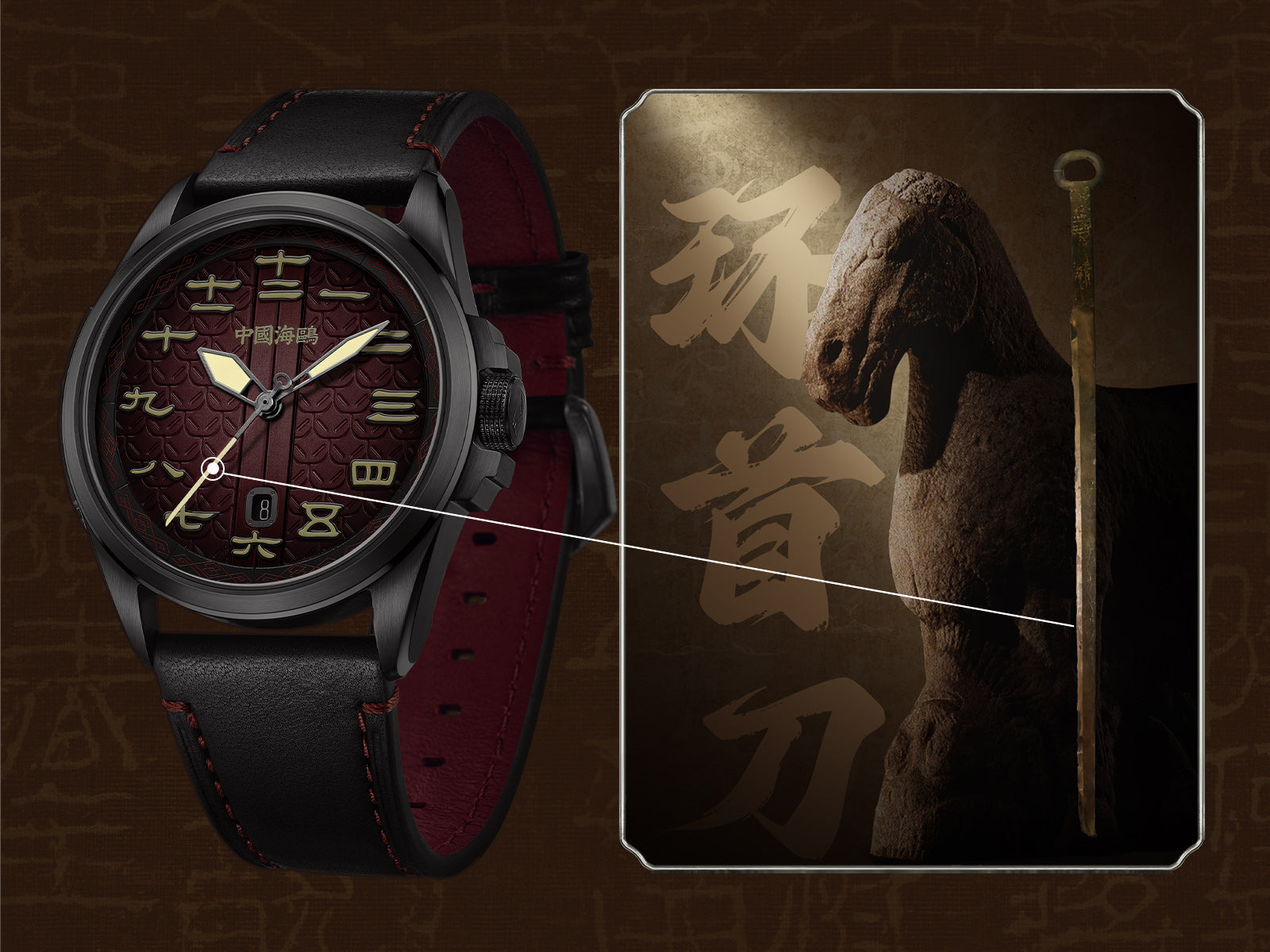
Han Sword Second Hand
The second hand's design is inspired by the ring-pommel sword of the Han Dynasty. Its single-edged blade rotates clockwise, exuding a majestic aura.
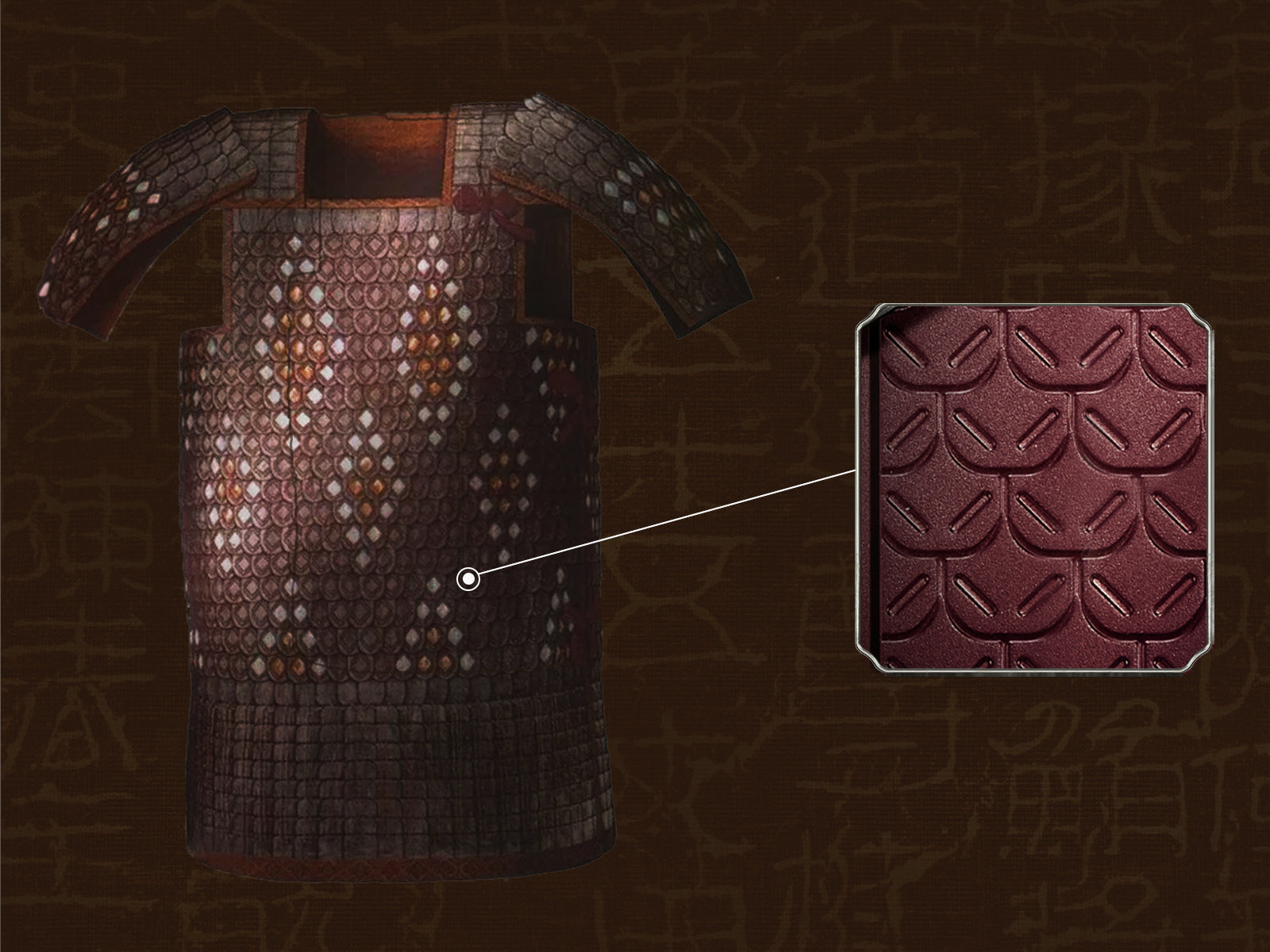
Han Dynasty Lamellar Armor
Han Dynasty iron armor was also called "Xuanjia" (black armor). Lamellar armor was a common style among Chinese iron armors, and also a widely used armor type in actual combat. From high-ranking generals down to ordinary soldiers, lamellar armor was commonly worn.
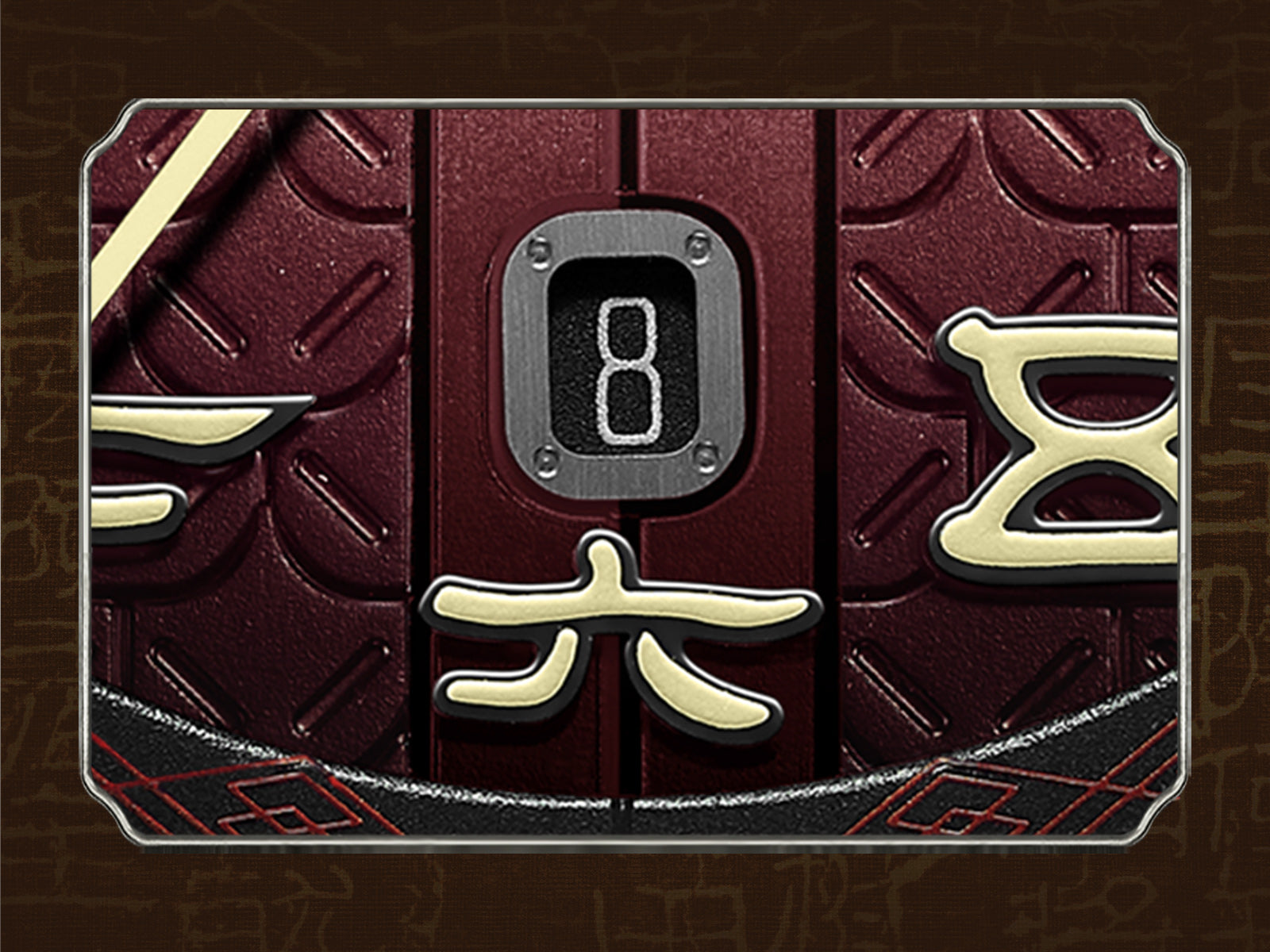
Calendar frame styled after dark iron armor scales
Sea-GUll


